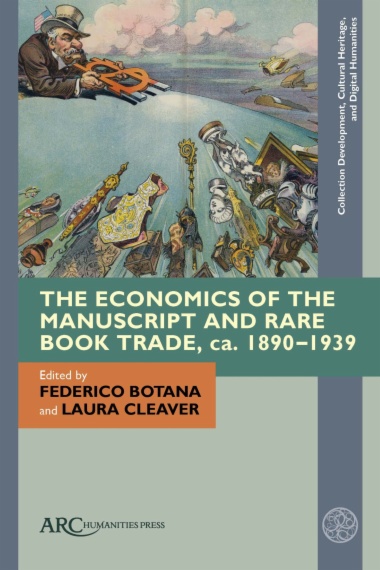The landmark guide to pediatric medicine - updated and streamlined for today's clinicians and students For more than 80 years, the American Academy of Pediatrics has been the nation's leading and most trusted child health authority. The new second edition of
AAP Textbook of Pediatric Care continues the tradition by providing a wealth of expert guidance spanning every aspect of current clinical practice.
When you purchase the AAP Textbook of Pediatric Care, 2nd Edition print copy, you also receive FREE eBook access!- Gain a better understanding of the relationship between mental and physiologic health and between early childhood adversity and long-term health outcomes.
- Deliver the best pediatric health care with step-by-step recommendations on what to do, when and how to do it, when to admit, and when to refer.
- Effectively integrate mental health care into routine primary pediatric care: mental health screening, surveillance, promotion, symptoms, and conditions are now fully integrated through the text.
- Expertly apply the latest approaches and techniques with 75 new chapters, including Planned Coordinated Care to Support the Medical Home; Pediatric History: Assessing the Social Environment; Promoting the Health of Young Children; Applying Behavior Change Science; Conducting the Health Supervision Visit; Psychosocial Therapies; Transitions to Adulthood; Children in Poverty; Maternal Depression; Disruptive Behavior and Aggression; and more.
- Diagnose, treat, and manage 85 of the most common physiologic and behavioral signs and symptoms more effectively.
- Includes more than 600 full-color photos and illustrations.

